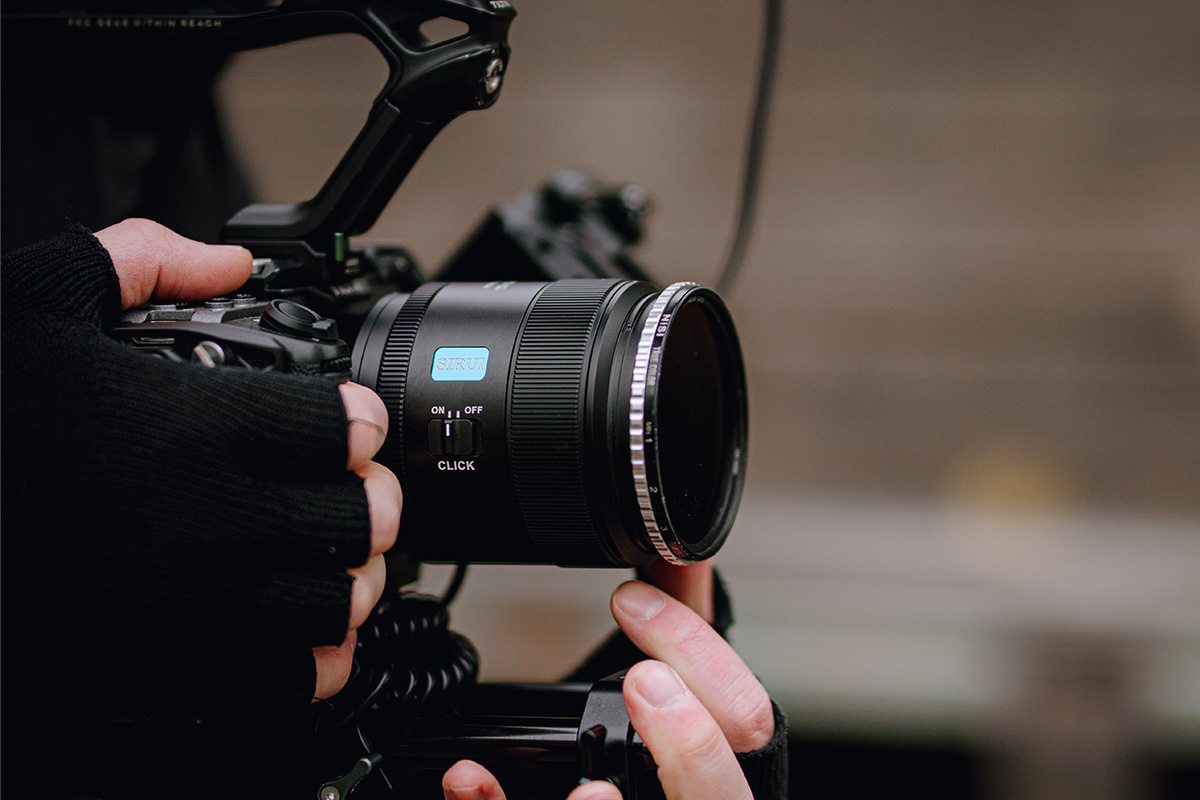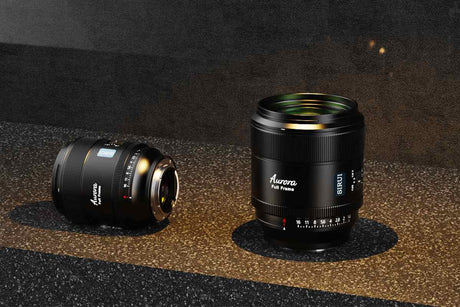How can you tell if a lens is polarized, and are camera lenses polarized at the factory? Here we take a closer look at the polarization of lenses and explain what to consider with filters.
We assume that two types of people have come across this article: Some are genuinely curious and just want to find out if a camera lens can be polarized. Others, our dear visitors, want to know how to recognize if a lens is polarized. Whatever interests you, this article answers your question.
So, what is a polarized lens?
First: What is a polarized lens? It filters certain light waves as they enter through the lens housing. These "certain" light waves, which are particularly important, are the horizontal light waves that are of great significance to photographers when taking photos and videos in certain scenes.
Are camera lenses polarized?
To address the obvious: No, they do not polarize themselves and are not made to do so. Not every professional lens you mount on a camera body is automatically polarized. The legitimate question now is why manufacturers do not make polarized lenses even though photographers want them. The reason is limited flexibility.
Street photography and many other areas use reflections to give photos a personal touch. However, this is not possible with polarized lenses. This also applies to many other scenarios where professionals use light reflections in full spectrum to bring more life to their photos.
Another reason is that the optics for polarizing a lens make the work more complicated, especially when manufacturers try to reduce the size of the lens to make it more portable. Furthermore, current camera technology with autofocus and metering complicates the design and impairs performance if a polarization system is present in the lens housing.
How can you tell if a lens is polarized?
Below are two simple tests to determine if your lens works with a polarization filter.
1. Smartphone screen test
Simply download a white background image to your tablet or phone and open it so that the entire screen is covered. Then place your lens with filter or just the filter on the screen, look through both at a light source, and rotate it 90 degrees. The lens with filter should darken when rotated — an indication that it is a polarized lens.
2. Use the sun:
No electronic device with a screen nearby? No problem! For this method, simply find a reflective surface (e.g., a shiny car). Now look through your lens with filter or just the filter itself and slowly rotate it. The glare in the lens or filter itself should change. If it does not, it is not a suitable filter. A pretty simple outdoor test.
For those who want to do it professionally:
If you want to do it professionally, purchasing a polarization tester is another way to learn how to recognize polarized lenses. This device has a special hidden pattern that only lights up when viewed through a polarized lens (with filter) or a working filter.
Now you know how to tell if a lens is polarized or not. However, it is worth mentioning that investing in a high-quality lens is just as important as buying a reliable polarization filter. Even the best filters on the market cannot improve your optical end result if your lens is poorly made.
High-quality and professional lenses are designed to solve common problems such as chromatic aberration, softening, and more thanks to their superior glass optics design and external coating. An example of this is the SIRUI AURORA Series. It offers professional optics in the industry that can compete with top lenses but at an affordable price.
This lens was developed as a long-term investment for content creators in 2025 and delivers consistent optical results, whether polarized or not. It outperforms any other high-priced lens in both video and photo quality. The ultra-fast F1.4 autofocus enables creamy bokeh in low light and keeps the weight under 550 grams. Overall, a perfect package to start professional content creation this year.





